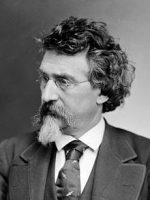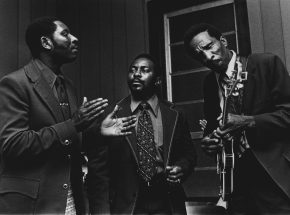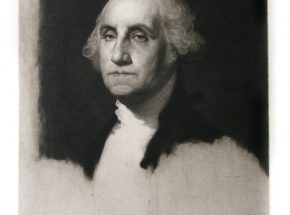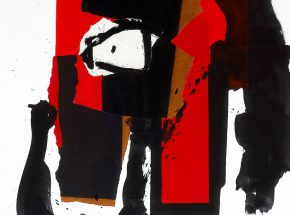

Mathew B. Brady studied photography under a number of teachers, including Samuel F. B. Morse, the man who had recently introduced photography to America. By 1844, he had his own photography studio in New York. Brady soon acquired a reputation as one of America’s greatest photographers — producer of portraits of the famous. In 1856, he opened a studio in Washington, D.C. and became one of the first photographers to use photography to chronicle national history. At the peak of his success as a portrait photographer, Brady turned his attention to the Civil War. Planning to document the war on a grand scale, he organized a corps of photographers to follow the troops in the field. In 1862, Brady shocked America by displaying his photographs of battlefield corpses from Antietam, posting a sign on the door of his New York gallery that read, “The Dead of Antietam.” This exhibition marked the first time most people witnessed the carnage of war. The New York Times said that Brady had brought “home to us the terrible reality and earnestness of war.”
Library of Congress, Washington, DC
Abraham Lincoln (February 12, 1809—April 15, 1865) was the 16th President of the United States (March 4, 1861 – April 15, 1865). As an outspoken opponent of the expansion of slavery and a political leader in the western states, Lincoln helped preserve the United States by leading the defeat of the secessionist Confederacy in the American Civil War. He introduced measures that resulted in the abolition of slavery, issuing his Emancipation Proclamation in 1863 and promoting the passage of the Thirteenth Amendment which abolished slavery to the U.S. Constitution in 1865.


